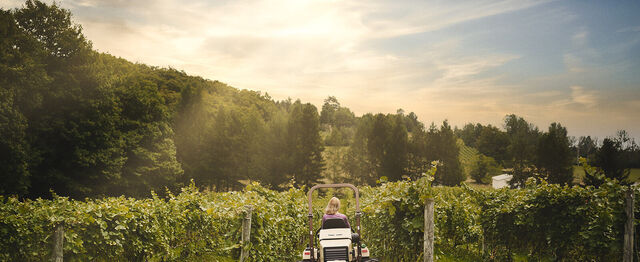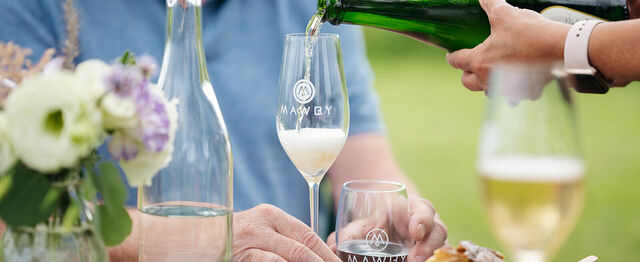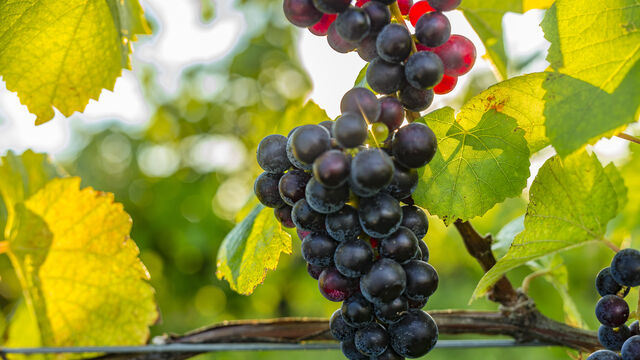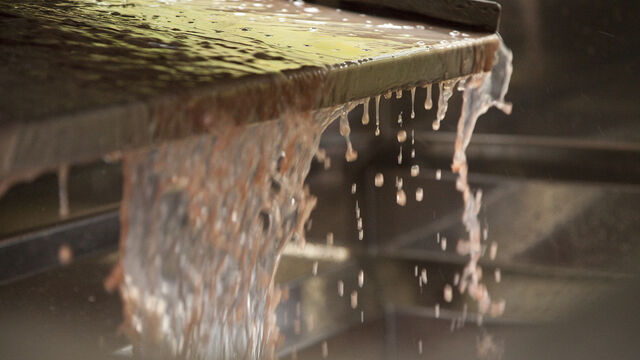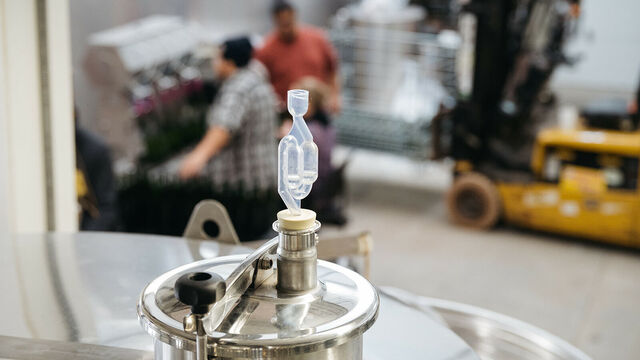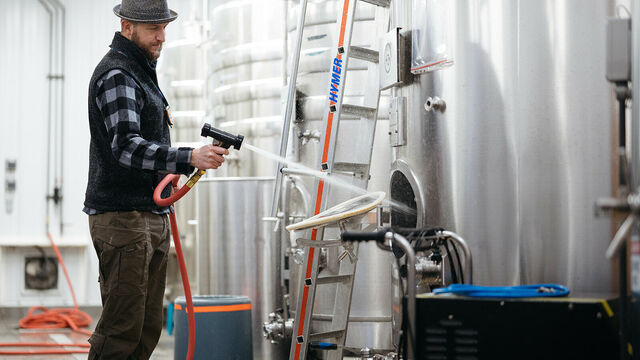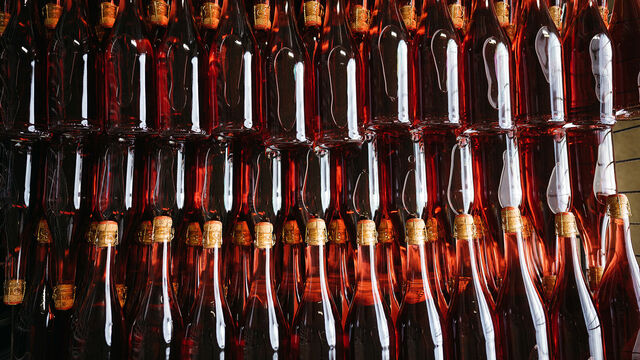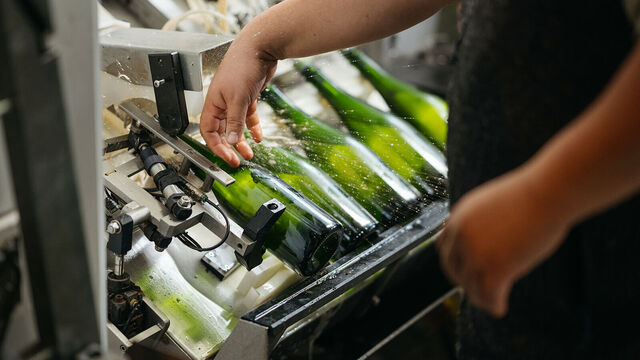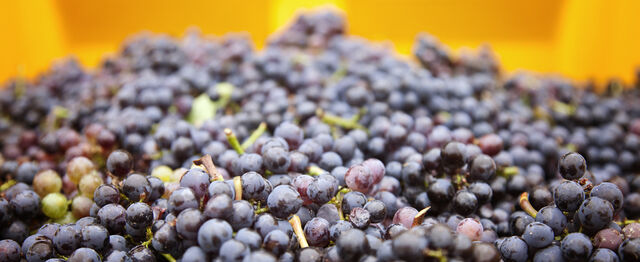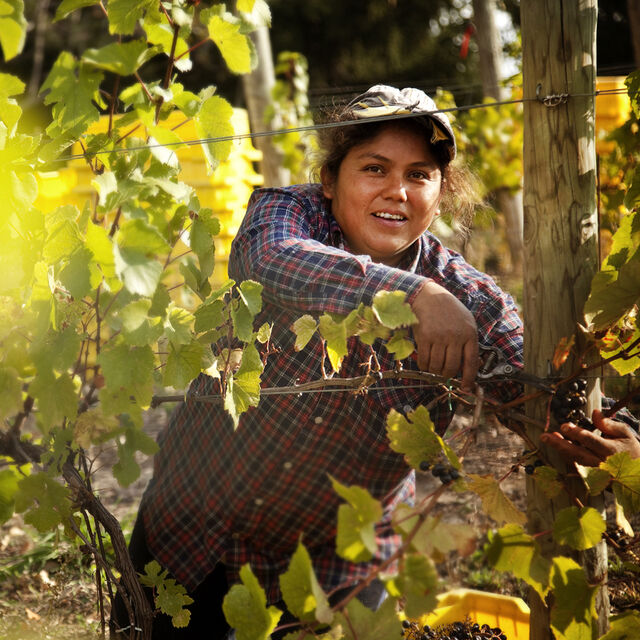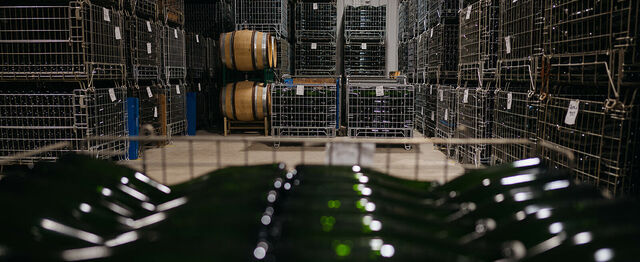
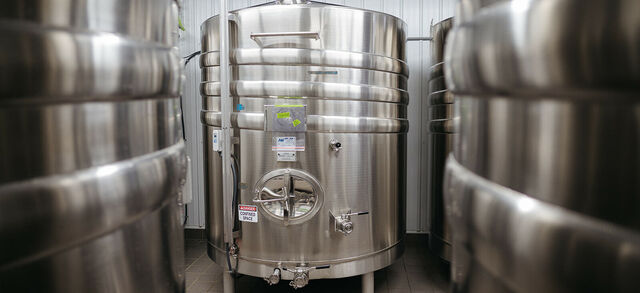
Winemaking: The How Behind the Wow
At MAWBY we’re not serious about much—except creating high quality sparkling wine. We are honored to continue the practice of tradition, evolution, and innovation as we focus on the production of fine sparkling wine in our northern Michigan paradise.
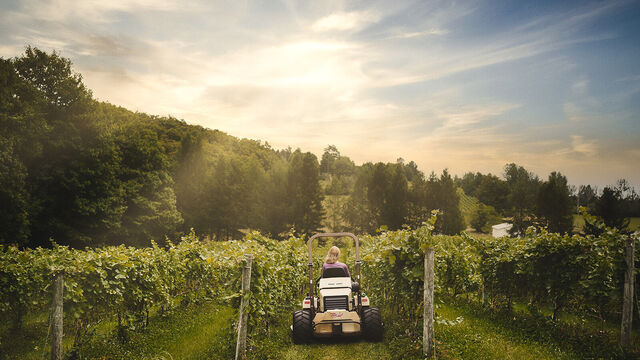
MAWBY makes world class Sparkling Wine
When our founder Larry Mawby first planted wine grapes here, he was unsure about what varieties would grow best. Decades of experience and experimentation made it clear that sparkling wine was the right style for the region. But why is Leelanau Peninsula so perfectly positioned to make particularly good sparkling wine?

Where do the bubbles come from?
It's all about the second fermentation, our wines are not artificially carbonated

Sourcing Fruit
We source fruit from our own properties in Leelanau County. We also purchase fruit and base wines from a select group of growers and producers in Leelanau County as well as from Southwest Michigan, California and Washington State. The desired flavor profile in the finished product helps inform the choice of variety, site, source, and fermentation method. Our partners are committed to growing and producing the highest quality grapes.
Caring for Our Vineyards
We care deeply not just for our little corner of Michigan, but the whole environment, and today we use sustainable practices to ensure both the vineyards we manage and the surrounding lands are protected:
- We are committed to the preservation of Leelanau County through a conservation easement on our Elm Valley property (approx 30 acres).
- We have been utilizing cover cropping as our primary weed management strategy in the vineyards we manage since 2020.
- We grow cover crops (clovers & low grasses) under our vines to outcompete weeds, increase plant diversity, improve soil structure, increase organic matter, and sequester carbon.
- We work with Morgan Composting, to create a custom blend of compost to promote soil health.
- We are MAEP certified in four cropping and farmstead systems. More information here.
- The majority of our vineyards are dry farmed (not irrigated).

Méthode Champenoise and Cuve Close Method
We make our bottle fermented wines using the traditional method aka Méthode Champenoise. These practices have remained largely unchanged for centuries, and we love the aspect of tradition this brings. But the Cuve Close Method can make for incredible results too, and for some of our wines we use sealed tanks to perform the second fermentation and create the lovely naturally-occuring bubbles. Using this modern method is simpler and faster, but just as delicious!

Méthode Champenoise Wines
Our Méthode Champenoise wines are made from grapes grown on the Leelanau and Old Mission Peninsulas. We ferment a second time in the bottle and age the wines for 2-7 years before release.

Cuve Close Method Wines
Our Cuve Close Method wines are bright and fresh, made with grapes sourced from Michigan, California and Washington State. These wines are made by fermenting a second time in a pressure tank. They are then chilled, filtered, bottled, and ready to drink.
